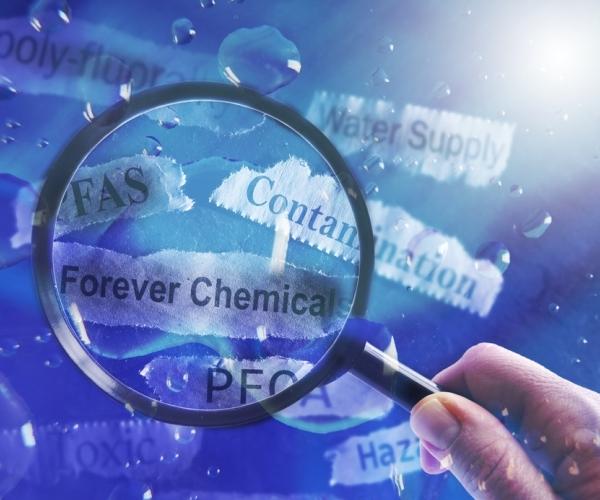PFAS - are synthetic chemicals that have been used in various products for decades due to their resistance to water, grease, and heat, and which do not break down easily and can accumulate in the environment and in living organisms.
Researchers at the Keck School of Medicine at the University of Southern California (USC) conducted an ecological study to examine the correlation between PFAS detections in public drinking water and cancer rates at the county level in the United States. Their findings suggest a clear link between the presence of PFAS in water and higher incidence rates of certain cancers. Dr. Li, the lead scientist, emphasizes that while the study shows an association, not direct causation for individuals, the results highlight the need for further restrictions to protect public health.
As water treatment experts with 45+ years of experience in water purification, we recommend installation of Reverse Osmosis (RO) Water Filters, as the best solution to having safe, clean, contaminant-free water at home.

Utilities are required to publish water quality reports that often include PFAS monitoring results. Consumers can check these reports to understand local PFAS levels and planned remediation efforts. Technologies like granular activated carbon, ion exchange resins, and high-pressure membranes are effective in capturing or removing PFAS, though their implementation involves considerations of cost, energy, and waste management. Continuous monitoring is essential, as PFAS mixtures vary.
At home, certified point-of-use filters, such as activated carbon and reverse osmosis units, can help reduce PFAS exposure, but regular maintenance is crucial for their effectiveness. For private well users, testing through certified labs and consulting health departments about treatment options are recommended.
Study Methodology
The study analyzed county-level cancer incidence data alongside water-testing results from federal monitoring programs, including a newer, more sensitive round of testing. Counties where specific PFAS were detected in public water, particularly those exceeding current national limits, were identified. Statistical models were then used to control for other factors known to influence cancer rates, such as smoking, obesity, income, urban-rural differences, and air pollution.
Sex, Cancers, and PFAS
Higher cancer incidence rates were observed in counties with PFAS detections across several cancer groups, including digestive system cancers, thyroid and other hormone-related cancers, respiratory cancers, and some head and neck cancers. When analyzed by sex, distinct patterns emerged:
Men: Associations were stronger for kidney and bladder cancers, certain nervous system cancers, leukemia, and soft tissue cancers.
Women: The clearest link was to thyroid cancer, along with oral cavity and soft tissue cancers.
PFAS Traits and Cancer Biology
The observed associations are biologically plausible, as certain PFAS are known to interfere with hormone signaling (especially in the thyroid), stress the liver, disrupt fat management, promote chronic inflammation, and influence gene expression. While these mechanisms do not prove causation, they provide a credible link between PFAS exposure and cancer development.
Implications of the Findings
The study offers national, population-level estimates, suggesting that a significant number of cancer cases in the US could be linked to PFAS in drinking water. These estimates are valuable for policy decisions, guiding efforts to prioritize water treatment, accelerate system upgrades, and identify communities most in need of attention. Although the United States has set strict legal limits for several PFAS in drinking water, Dr. Li suggests that these limits may still be insufficient, advocating for even tighter regulations as more evidence emerges.
While not conclusive for individuals, the findings align with how these chemicals behave in the body. Continued rigorous testing, enforcement of modern limits, necessary treatment upgrades, and targeted, person-level studies are crucial to translate this broad signal into clear public health guidance and ensure communities have access to safe drinking water, reducing risks over time. The full study was published in the Journal of Exposure Science & Environmental Epidemiology.
Contact our independent water treatment experts for free advice on the best water filter for your home or business.